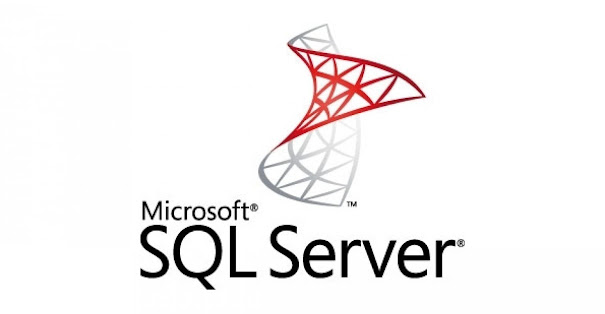What is Hybrid Computing?
Hybrid computing refers to a computing
environment that combines two or more different types of computing
architectures or systems, typically a combination of cloud computing,
on-premise computing, and/or edge computing.
In a hybrid computing environment,
different computing resources are integrated into a single infrastructure to
improve performance, flexibility, and efficiency. For example, an organization
might use a combination of on-premise servers for some tasks and cloud computing services for others, depending on the specific needs of the
application or workload.
Hybrid computing can also involve the use
of different hardware architectures, such as a combination of CPUs and GPUs, or
the use of specialized hardware accelerators like FPGAs or ASICs.
Hybrid computing offers organizations the
ability to leverage the strengths of different computing architectures, while
also providing flexibility and scalability to adapt to changing business needs.
However, it also requires careful planning and management to ensure that
different components can work together effectively and securely.
Some of the
key features of hybrid computing include:
Integration
of different computing architectures: Hybrid
computing combines different types of computing architectures, such as cloud
computing, on-premise computing, and edge computing, to improve performance,
flexibility, and efficiency.
Scalability: Hybrid computing enables organizations to scale their computing
resources up or down as needed to meet changing business needs.
Cost
optimization: By leveraging different computing
architectures, organizations can optimize costs by using the most
cost-effective option for a particular workload.
Security: Hybrid computing requires careful management to ensure that
different components can work together securely and to maintain data privacy
and compliance.
Resource
allocation: Hybrid computing enables organizations
to allocate resources according to specific workloads, allowing them to
optimize performance and reduce latency.
Disaster
recovery: Hybrid computing can help organizations
improve their disaster recovery capabilities by using redundant resources
across different computing architectures.
Data
management: Hybrid computing requires a robust data
management strategy to ensure that data is available and accessible across
different computing architectures while maintaining data consistency and
integrity.
Hybrid computing offers a range of benefits for organizations that want to optimize their computing resources to improve performance, reduce costs, and meet changing business needs.
Hybrid
computing can be used in a wide range of scenarios, including:
Big
data analytics: Hybrid computing can be used to
process and analyze large volumes of data, leveraging the strengths of cloud
computing for data storage and on-premise computing for data processing.
E-commerce: Hybrid computing can be used to manage e-commerce applications,
allowing organizations to scale their resources up or down as needed to meet
traffic demands.
Healthcare: Hybrid computing can be used to manage healthcare applications,
enabling organizations to securely store and process patient data across
different computing architectures.
Internet
of Things (IoT): Hybrid computing can be used to
manage IoT applications, allowing organizations to process and analyze data
closer to the edge for faster response times and reduced latency.
High-performance
computing (HPC): Hybrid computing can be used to
manage HPC workloads, enabling organizations to leverage specialized hardware
accelerators like GPUs or FPGAs to improve performance.
Finance: Hybrid computing can be used to manage finance applications,
enabling organizations to process and analyze financial data securely and
efficiently.
Gaming: Hybrid computing can be used to manage gaming applications,
allowing organizations to provide a high-quality gaming experience by
leveraging cloud computing resources for graphics processing and on-premise
computing for game logic.
Industries and companies that are using hybrid computing:
The Cleveland Clinic, a leading healthcare provider, uses a hybrid computing model to manage their electronic health record system, which is hosted in the cloud but also has on-premise components to ensure data privacy and compliance.Amazon, one of the largest e-commerce companies in the world, uses a hybrid computing model to manage their online retail platform, leveraging both cloud computing and on-premise computing resources to scale their operations.

JPMorgan Chase, a global financial services firm, uses a hybrid computing model to manage their trading platforms, which require low latency and high performance for real-time processing of financial data.
General Electric, a multinational conglomerate, uses a hybrid computing model to manage their industrial Internet of things (IoT) platform, which requires real-time processing of sensor data from machines on the factory floor.
Georgia
State University, a public research university,
uses a hybrid computing model to manage its virtual learning environment,
leveraging cloud computing resources for storage and on-premise computing for
course management.









Comments
Post a Comment